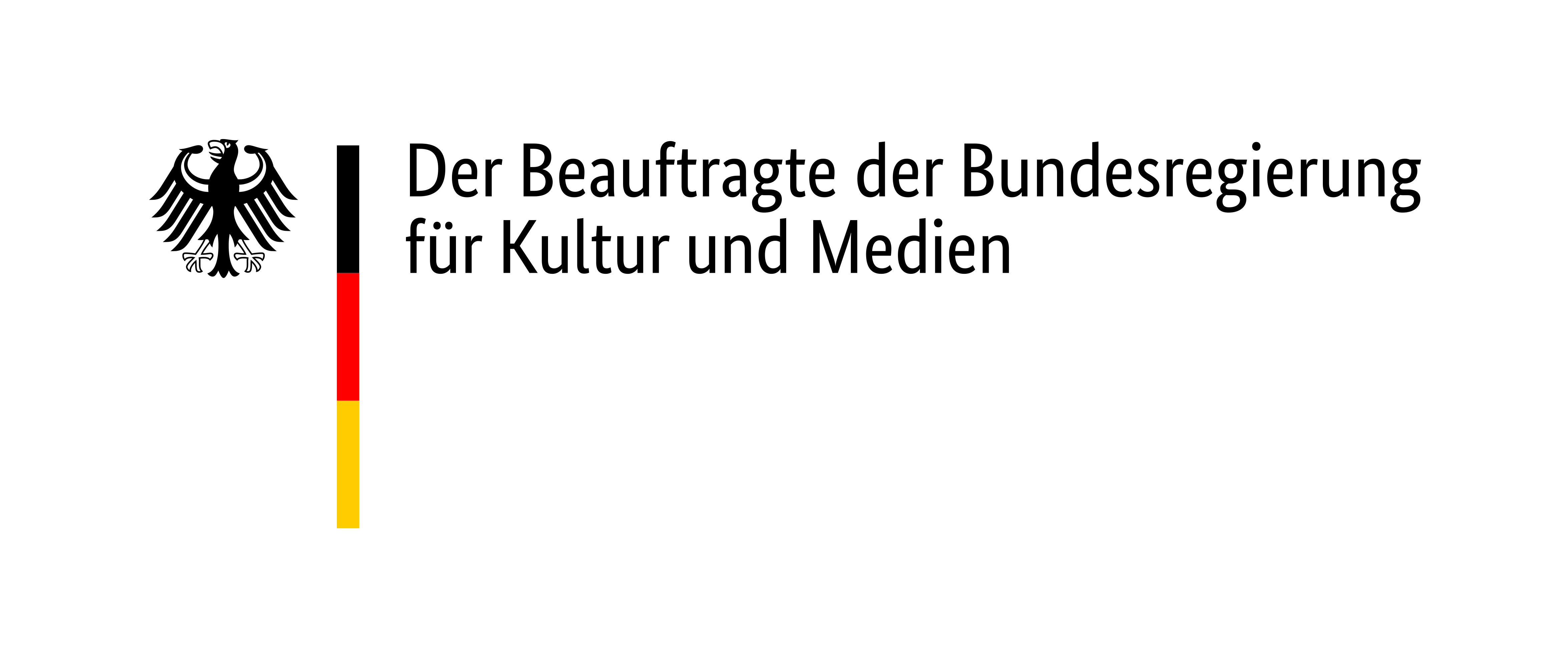
The video will be uploaded soon.
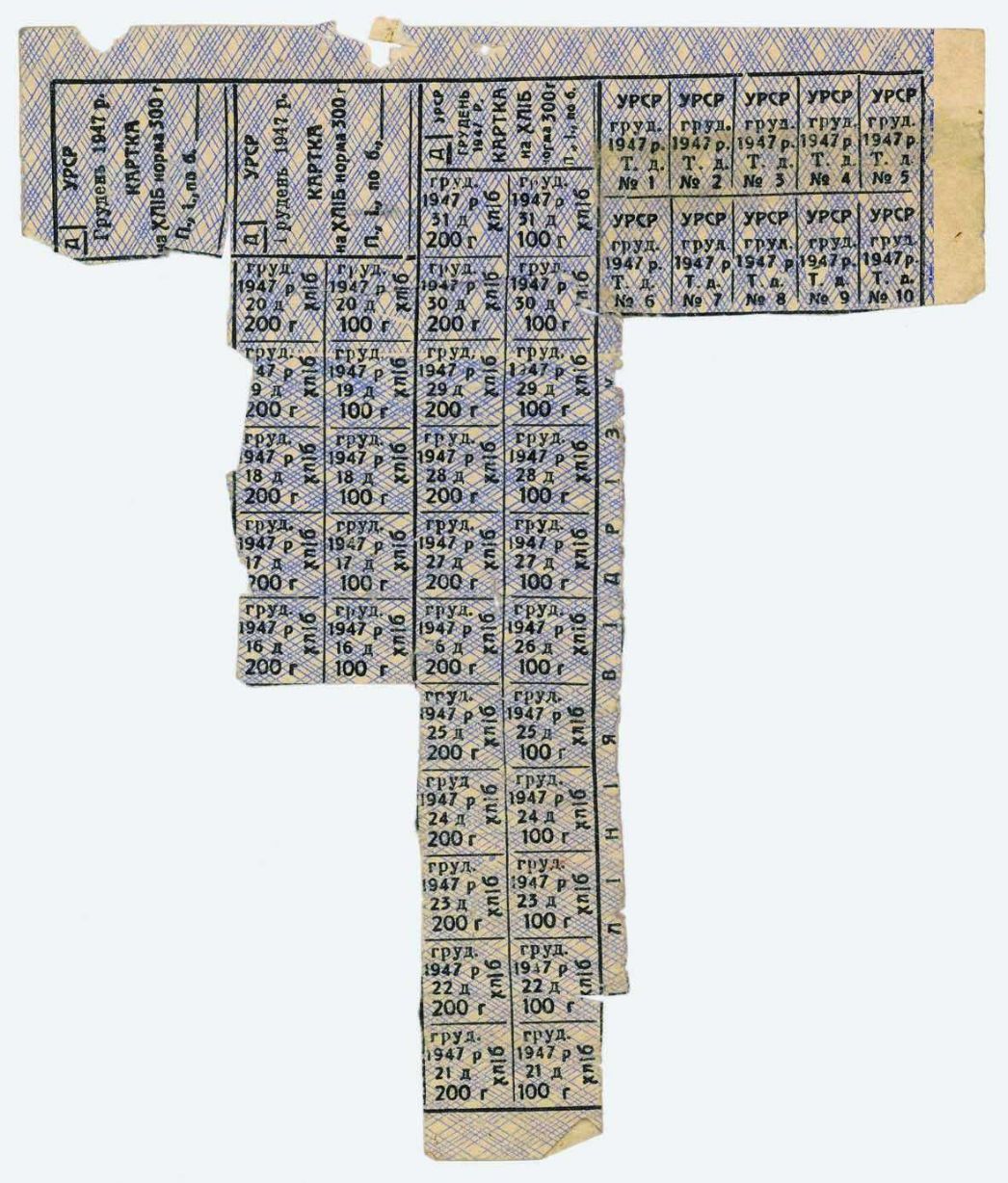
Food stamps for bread, Ukrainian Soviet Socialist Republic, 1947. ©Private Property Vitaly Gelfand
The Soviet Union suffered especially hard from hunger due to the destruction caused by the war and the continued rationing of food until 1947. Other countries also limited the purchase of certain goods in the post-war period.

Bread was one of the most important foodstuffs in the special camp. The internees themselves had to divide up the bread – as fairly as possible – in the barracks. They used secretly made knives and scales to do this. Former internee Wolfgang Barthel
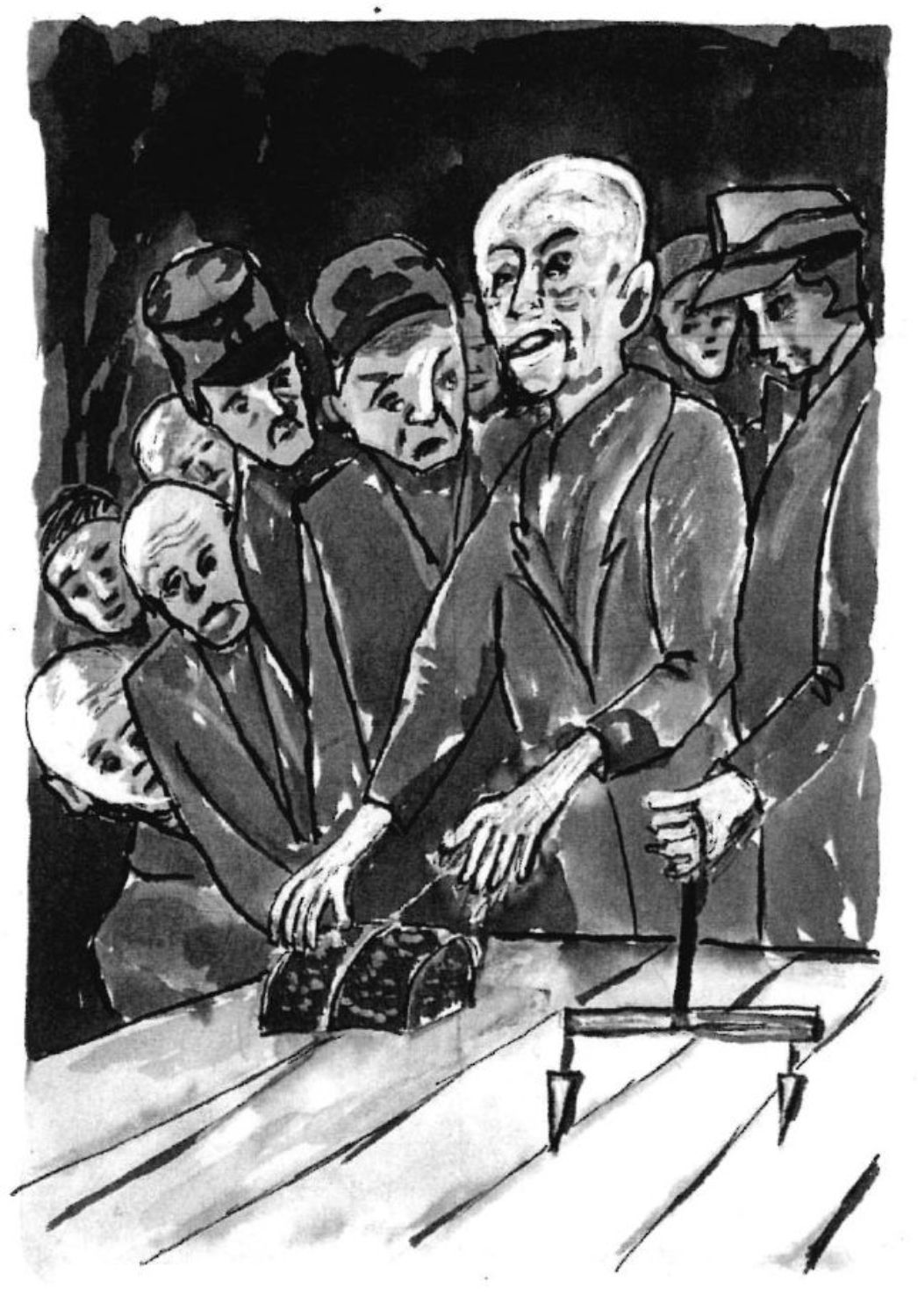
Food became scarce in the fall of 1946. The administration of the Special Camps reduced the bread ration from 600 to 300 grams. This led to hunger and disease, which resulted in mass death.
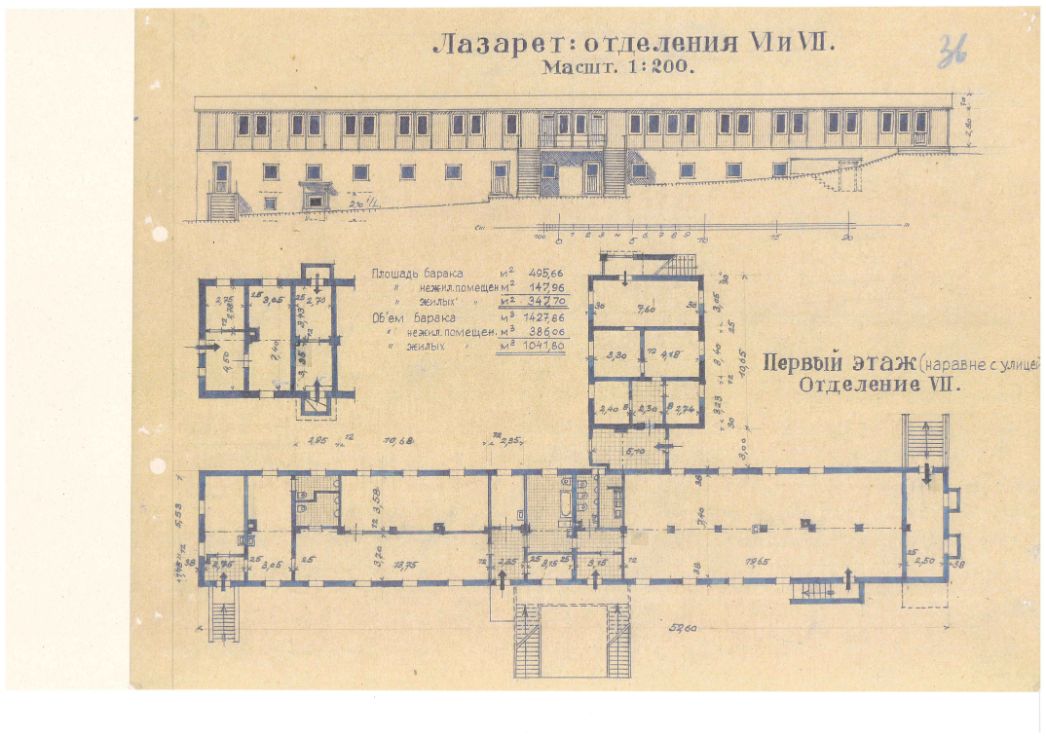
The hospital was located on the north-western edge of the prisoner camp. In addition to a Soviet medical group, the medical staff also included internees. The work was difficult: there was a shortage of medicine, medical instruments, disinfectants and anaesthetics.
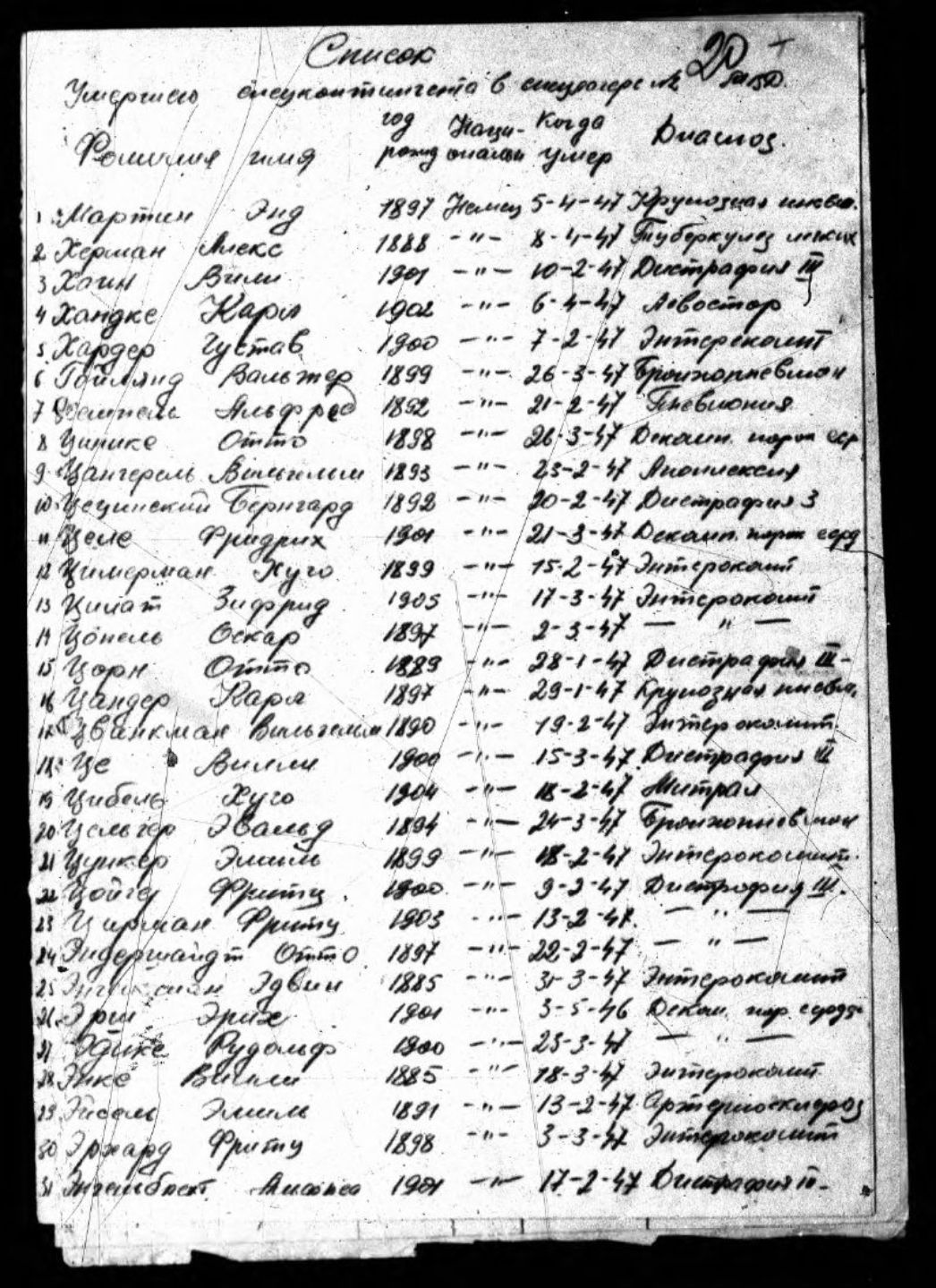
The medical department documented the deaths in reports once or twice a month. Numerous internees died, especially in the “hunger winter” of 1946/47.

"After they had died, the prisoners were undressed and kept in a morgue in the hospital area. During the day, the dead were loaded onto a cart pulled by two horses and taken to the graves outside the camp. This did not happen every day; sometimes only after a week. [or: “sometimes [the dead were only buried] after a week.” If the storage in the morgue lasted longer and so there were more dead bodies than usual, [or: “If the bodies were being stored in the morgue for longer and so there were more dead than usual,”] a sheet metal trailer pulled by a tractor was used as the means of transportation."
Erich Hebestreit on his work in the burial commando; excerpt from an interview from 1995.
(Buchenwald Memorial)
Erich Hebestreit (Special Camp No. 2, 1945-1950) worked in the burial commando from 1947 to 1950. This work was supposed to be kept secret even after the dissolution of the Special Camps. For this reason, a military tribunal in Weimar sentenced him to 25 years in prison. Erich Hebestreit only returned from a Soviet labor camp in Workuta in 1953.
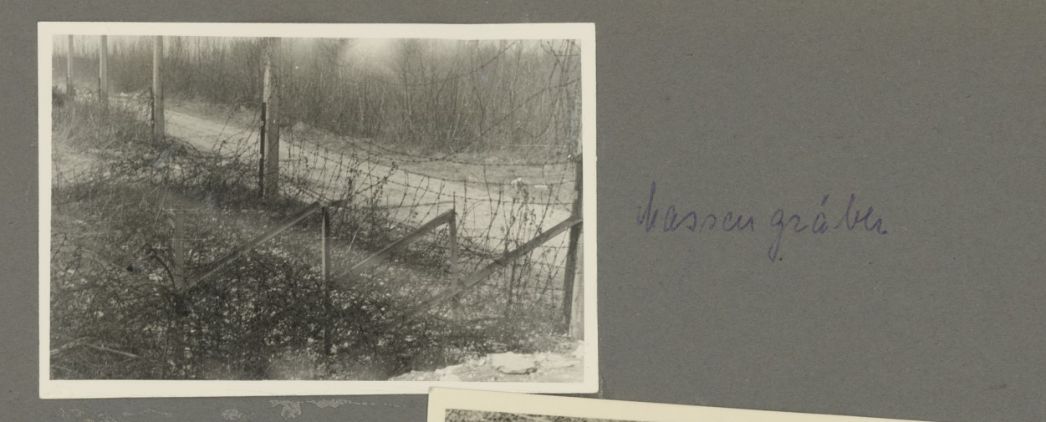
Fotography of the guard path and the burial site No 1 in an photo album by Katharina Knittel (née Gundlach), 1951. ©Private Property
Katharina Knittel (Special Camp No. 2, 1945-1950) visited the former inmate camp at Buchenwald in 1951. Her son photographed the Special Camp burial ground on the northern slope. In her album, Katharina Knittel wrote “mass graves” next to this photo. The Buchenwald National Memorial, established a few years later, made the dead of the Special Camp and their burial sites a taboo subject until 1989.
